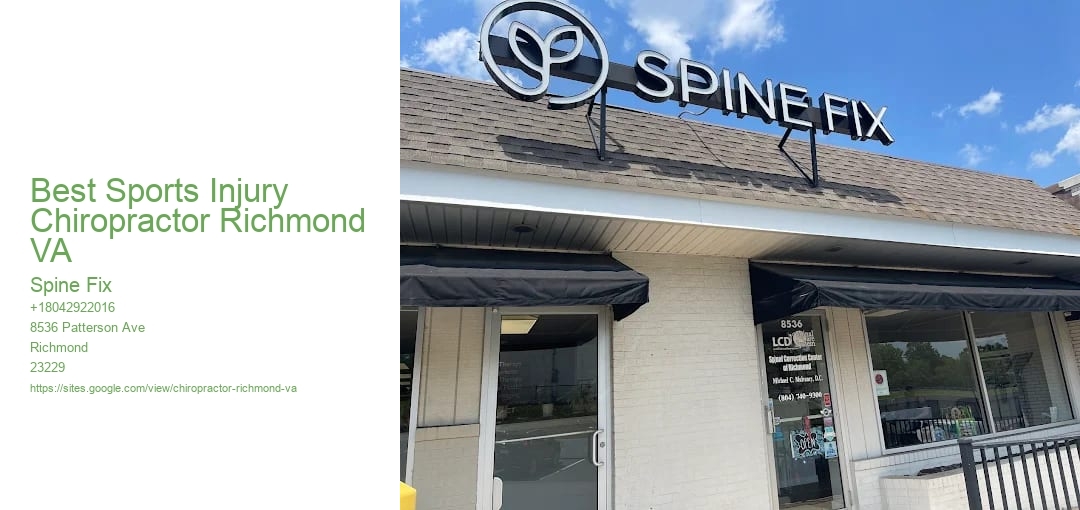Reduced pain in the back or lumbago is a typical problem including the muscle mass, nerves, and bones of the back, in between the reduced edge of the ribs and the lower fold of the butts. Pain can vary from a dull consistent ache to an abrupt sharp sensation. Low pain in the back might be identified by duration as severe (pain enduring less than 6 weeks), sub-chronic (6 to 12 weeks), or chronic (more than 12 weeks). The problem might be additional identified by the underlying cause as either mechanical, non-mechanical, or referred discomfort. The signs of reduced back pain generally boost within a couple of weeks from the moment they start, with 40–-- 90% of individuals recuperated by 6 weeks. In most episodes of reduced neck and back pain a particular underlying cause is not determined or perhaps sought, with the pain thought to be because of mechanical problems such as muscle or joint stress. If the pain does not go away with conservative treatment or if it is come with by "warnings" such as unexplained weight management, fever, or significant problems with feeling or motion, more testing may be needed to seek a serious underlying problem. In many cases, imaging tools such as X-ray computed tomography are not helpful or suggested for low pain in the back that lasts less than 6 weeks (without any red flags) and bring their own threats. Despite this, using imaging in reduced neck and back pain has raised. Some reduced pain in the back is caused by harmed intervertebral discs, and the straight leg increase examination is useful to recognize this reason. In those with persistent discomfort, the discomfort processing system may malfunction, triggering big amounts of discomfort in action to non-serious events. Persistent non-specific reduced neck and back pain (CNSLBP) is a very common musculoskeletal condition that not just impacts the body, however additionally a person's social and economic condition. It would certainly be substantially valuable for individuals with CNSLBP to be screened for hereditary problems, undesirable way of livings and routines, and psychosocial elements on top of musculoskeletal concerns. Chronic reduced back pain is defined as neck and back pain that lasts more than three months. The symptoms of low back pain normally boost within a few weeks from the time they begin, with 40–-- 90% of people recuperated by 6 weeks. Regular task needs to be continued as high as the pain permits. Preliminary management with non-medication based treatments is advised. Non–-- medication based treatments include surface heat, massage therapy, acupuncture, or spine adjustment. If these are not adequately efficient, NSAIDs are advised. A variety of various other choices are offered for those who do not enhance with typical therapy. Opioids may be useful if straightforward discomfort medicines are inadequate, however they are not normally suggested as a result of adverse effects, consisting of high prices of dependency, unexpected overdose and fatality. Surgical treatment may be valuable for those with disc-related persistent pain and special needs or spinal stenosis. No clear advantage of surgery has actually been discovered for other cases of non-specific reduced back pain. Low pain in the back often influences state of mind, which might be boosted by therapy or antidepressants. In addition, there are numerous alternative medicine therapies, yet there is insufficient proof to suggest them confidently. The proof for chiropractic treatment and back control is mixed. About 9–-- 12% of people (632 million) have reduced pain in the back at any kind of given point in time, and virtually 25% record having it eventually over any one-month period.Concerning 40% of people have reduced neck and back pain at some point in their lives, with estimates as high as 80% among individuals in the industrialized globe. Reduced back pain is the best contributor to lost productivity, absenteeism, handicap and layoff worldwide. Trouble with low back pain most often begins between 20 and 40 years old. Females and older people have actually higher approximated rates of reduced pain in the back and likewise higher disability quotes. Low back pain is much more typical amongst people aged in between 40 and 80 years, with the total number of individuals influenced expected to increase as the population ages. According to the Globe Wellness Organization in 2023, reduced back pain is the leading clinical problem global from which the most variety of people world-wide can gain from improved rehabilitation.
.



